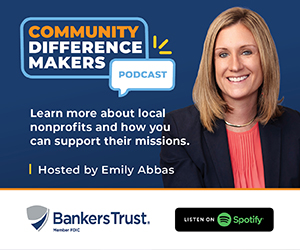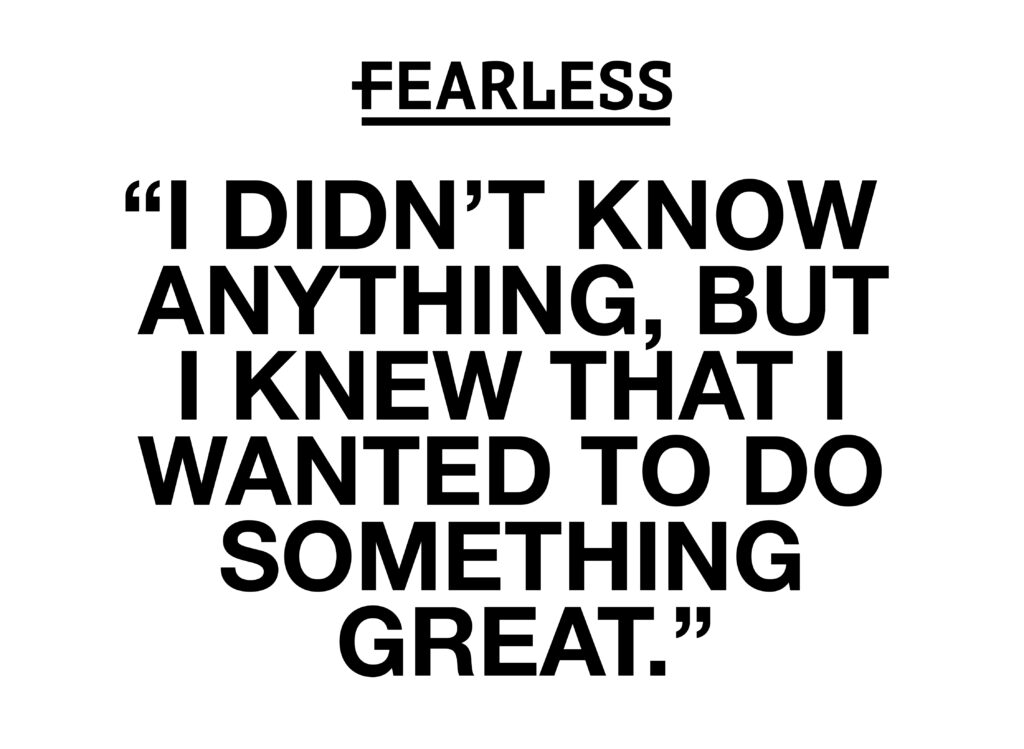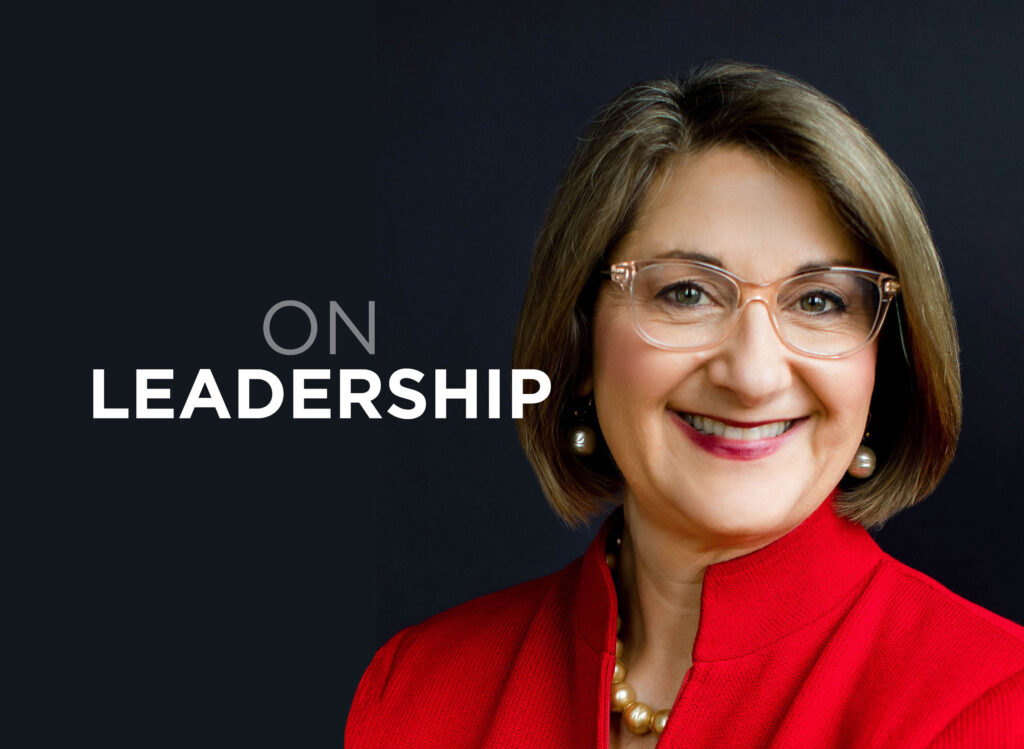Guest opinion: Culture post-COVID: Putting organizations back together again

Post-COVID, leaders will need to put the organization back together again. We will likely be working with three basic models based on what is best for the organization and employees: entirely remote, predominantly in-person or a hybrid of the two.
Understandably, corporate culture often took a back seat during the pandemic. The focus was on survival and navigating workplace challenges. Now that we can see the light at the end of the tunnel, it is time to rethink, rebuild or even re-create company cultures that make people feel connected again.
When most employees worked in the office, corporate culture was absorbed by new employees watching and listening to how things are done and then passing on those norms and values through their own actions. But this is challenging in a world where many employees are working remotely.
When out of sight, it is easy to be out of mind. Employees miss out on spontaneous conversations that happen in hallways and around “water coolers.” These are all relationship- and culture-building opportunities not available when working from home. Remote work makes networking challenging.
But new circumstances require new expectations. The current research on workplace culture advises the following in putting the organization back together again:
- Communicate expectations clearly and consistently.
- Involve employees in rebuilding the corporate culture.
- Create rituals to reinforce the culture.
Liz Fosslien and Mollie West-Duffy shared leadership advice in their article “How to Prevent the Return to Offices From Being an Emotional Roller Coaster” in the MIT Sloan Management Review. Many organizations are considering a hybrid work model, in which teams come into the office a few days a week or a few key days a month.
For employees who have felt isolated during the pandemic, returning to the workplace will be exciting. For those who have appreciated remote work, it will likely cause anxiety. For many, it may be both. Regardless, the return to offices will be emotional and not easy.
Be transparent. Share what you can when you can. Don’t wait to communicate until you have all of the information because that is rare. Answer questions as honestly as you can. When there is a plan, make sure managers know all of the details so they can communicate expectations clearly and confidently to their teams. Remember: The goal of transparency is to earn trust and reduce unnecessary stress.
Fosslien and West-Duffy suggest conducting a survey with questions such as:
- How many days a week would you like to work in the office?
- What will make the return to the office easier for you?
- Are there any extenuating circumstances you’re willing to share that might make a return to the office especially hard or scary for you?
- What types of work would you prefer to do from the office — for example, large staff meetings, new team meetings, brainstorming sessions, etc.?
- What types of work would you prefer to do from home?
Always share survey results. Use it to have honest conversations about the decisions made and particularly why decisions are being made.
Discuss expectations. “As where you work becomes less important, when you work will take center stage.” As part of your hybrid work plan, come up with a list of communication norms that will support productivity, engagement and satisfaction.
Examples of norms might include:
- All meetings will have a video link to ensure that remote team members can join.
- Everyone, whether they’re in the office or not, will be expected to be online (within reason) during a subset of normal work hours (for example, 9 a.m. to 2 p.m.) to have some overlap with all co-workers.
- Everyone will share what they are working on for the week in a group email or Slack thread.
- Leaders will call in to meetings from home at least one day a week to normalize remote work.
Involve employees. Bringing people into the conversation increases the acceptance of change. Ask for their input. Create small focus groups to brainstorm ideas on how to support each other while being as productive as possible.
Emphasize advantages of being in the office. If you eventually want most people back in the office, use data to support this choice. According to a survey by PwC, almost 90% of employees said that team collaboration and building relationships were much easier in person. Share other reasons their physical presence matters.
Present the change as an experiment. Humans like the status quo, and now we’ve gotten used to the work-from-home model. Even though many people are looking forward to returning to the office, there will still be anxiety around the change — especially given that there will be hiccups in the process and obstacles to overcome. To ease people’s anxiety, frame this as a pilot test that will continue to be improved over time.
A strong and healthy organizational culture does not happen automatically and it doesn’t happen overnight. You need to invest the time and effort upfront in order to put the organization back together again in ways that are best for everyone.
Jann E. Freed, Ph.D., is a leadership development consultant and coach. She is the author of “Leading With Wisdom: Sage Advice From 100 Experts” and a TEDxDes Moines speaker.










